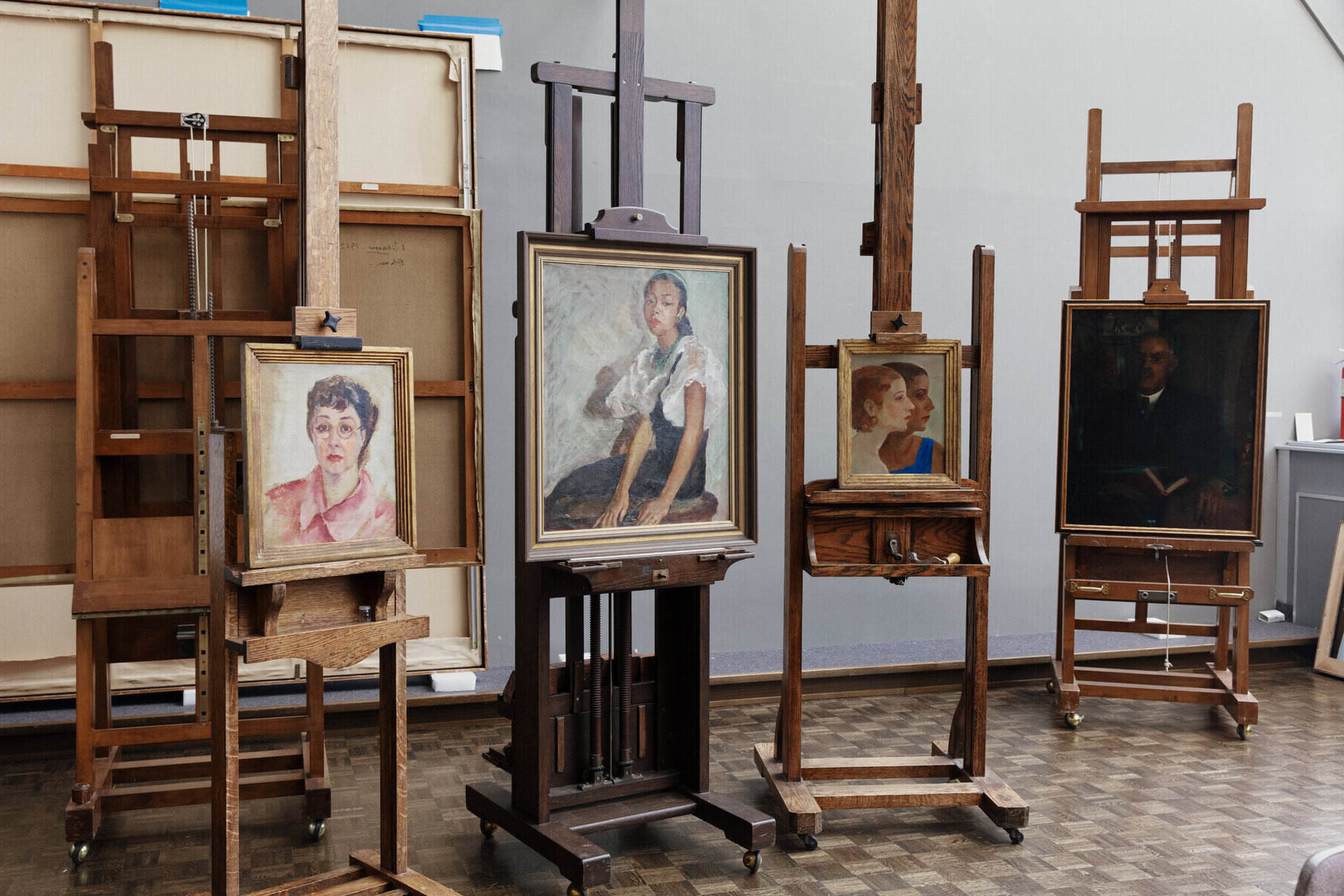Hidden Gems: Prominent Artists Of The Harlem Renaissance In NYC

The Harlem Renaissance was a vibrant cultural movement in the 1920s and 1930s that transformed New York City. This period saw a surge of creativity from African American artists, writers, and musicians who left a lasting impact on American culture. Names like Langston Hughes, Zora Neale Hurston, and Duke Ellington became synonymous with this era. But beyond these well-known figures, many other talented individuals contributed to the richness of the Harlem Renaissance. From painters like Aaron Douglas to dancers like Josephine Baker, these artists helped shape a new cultural identity. Let's dive into the lives and works of some of these hidden gems who made the Harlem Renaissance a pivotal moment in history.
The Harlem Renaissance: A Cultural Explosion
The Harlem Renaissance was a cultural, social, and artistic explosion that took place in Harlem, New York, spanning the 1920s. This period saw a flourishing of African American art, music, literature, and performance. Let's explore some of the prominent artists who left an indelible mark on this vibrant era.
Literary Giants of the Harlem Renaissance
The literary world of the Harlem Renaissance was rich with voices that spoke of the African American experience with passion and eloquence. Here are some of the key figures:
Langston Hughes
Known as the "Poet Laureate of Harlem," Hughes captured the essence of black life in America through his poetry, novels, and plays. His works like "The Weary Blues" and "Not Without Laughter" remain influential.Zora Neale Hurston
An anthropologist and author, Hurston's most famous work, "Their Eyes Were Watching God," is a seminal piece of African American literature. Her storytelling brought the Southern black experience to life.Claude McKay
A poet and novelist, McKay's works like "Home to Harlem" and "If We Must Die" addressed racial and social issues, inspiring many with his powerful words.
Visual Artists Who Shaped the Renaissance
The visual arts scene during the Harlem Renaissance was equally dynamic, with artists creating works that reflected their heritage and struggles. Here are some notable names:
Aaron Douglas
Often called the "Father of African American Art," Douglas's murals and illustrations, such as those in "The New Negro," depicted African American history and culture with a modernist style.Lois Mailou Jones
Jones's vibrant paintings combined African motifs with modernist techniques. Her works like "Les Fétiches" showcased the beauty and complexity of African heritage.Jacob Lawrence
Known for his "Migration Series," Lawrence's paintings told the story of the Great Migration of African Americans from the rural South to the urban North. His work remains a cornerstone of American art.
Musicians and Performers Who Defined an Era
Music and performance were at the heart of the Harlem Renaissance, with jazz and blues becoming the soundtrack of the time. Here are some of the standout performers:
Duke Ellington
A legendary jazz composer and bandleader, Ellington's performances at the Cotton Club and his compositions like "Mood Indigo" left a lasting legacy in the world of music.Bessie Smith
Known as the "Empress of the Blues," Smith's powerful voice and emotive performances made her one of the most popular blues singers of the era.Josephine Baker
A dancer and singer, Baker became an international star with her performances in Paris. Her charisma and talent made her a symbol of the Harlem Renaissance's global influence.
The Legacy of the Harlem Renaissance
The Harlem Renaissance was more than just a cultural movement; it was a declaration of identity and pride. The artists of this era not only enriched American culture but also paved the way for future generations. Their contributions continue to inspire and resonate, reminding us of the power of art to transform society.
Celebrating the Legacy of Harlem Renaissance Artists
The Harlem Renaissance left an indelible mark on New York City and the world. Artists like Langston Hughes, Zora Neale Hurston, and Aaron Douglas transformed Harlem into a cultural hub. Their work continues to inspire new generations. Visiting landmarks like the Apollo Theater and the Schomburg Center offers a glimpse into this vibrant period. These sites preserve the rich history and contributions of these prominent artists. Exploring their stories helps us appreciate the depth and impact of their creativity. The Harlem Renaissance was more than an artistic movement; it was a powerful statement of identity and resilience. Celebrating these hidden gems ensures their legacy lives on, reminding us of the importance of culture and expression in shaping our world.

